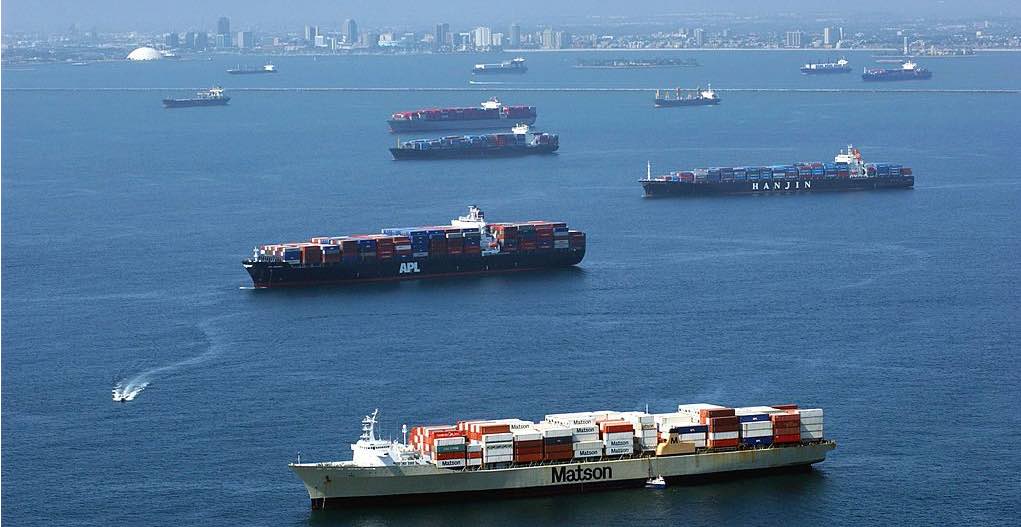By now, we’re all familiar with the visuals associated with the Great Supply Chain Disruption of 2021.
Container ships bobbing at anchor off Long Beach Harbor.
Bare shelves. Long lines.
How did we get here? How can we fix this?
I keep coming back to the quote from Scotty in Star Trek IV:
“The more they overthink the plumbing, the easier it is to stop up the drain.”
We’ve built this complex maze of production/transportation/consumption that all relies on itself. Supply chains have been pushed to ever-more-complex implementations, so that even when they do function, the full scope of how they are all interconnected is beyond comprehension.
So we do not comprehend how to fix them when an outside, powerful force causes root assumptions (that there will be people to work at the ports and drive the trucks and stock the shelves) goes so terribly, terribly wrong.
Like many of the most intransigent problems we face, the supply chain breakdown is one that has arisen because the short-term payoff (just-in-time parts delivery to assembly plants that saves storage & warehousing) has outweighed the risk that a long-term disruption to this intricate series of hand-offs poses.
This is hardly an original observation; as far back as 2011, economists were sounding the alarm:
The study, reported in the current issue of the Journal of Operations Management, sheds new light on a dilemma that has resurfaced amid global manufacturing and supply chain disruptions stemming from the recent earthquake and tsunami in Japan: While maximum efficiency may serve companies well when everything is flowing smoothly, firms with little or no resource slack are also highly vulnerable to any external shocks.
The findings provide empirical evidence to support the view, advanced by some researchers, that as manufacturers pursue ever-greater efficiency, they experience tradeoffs that may lead to diminished performance.

